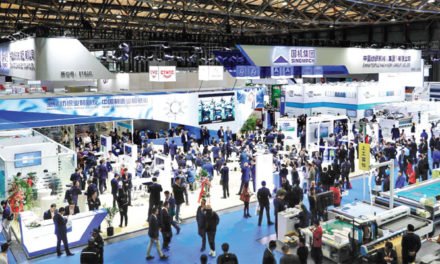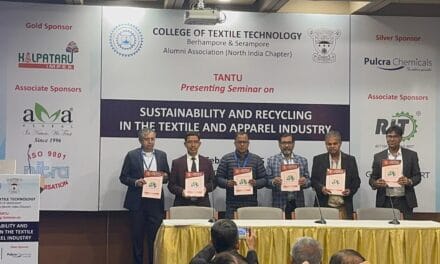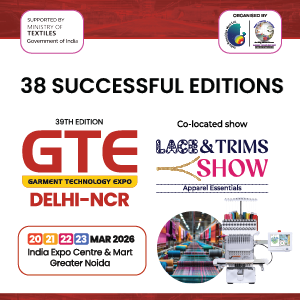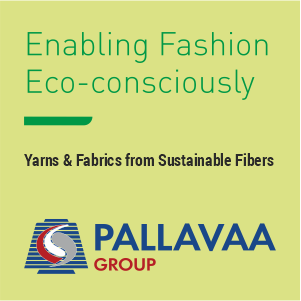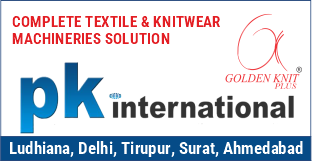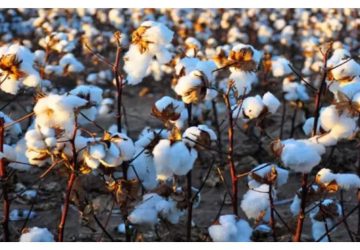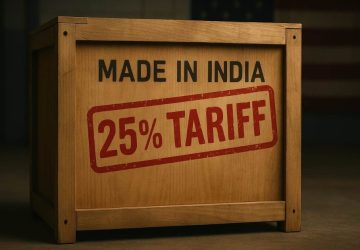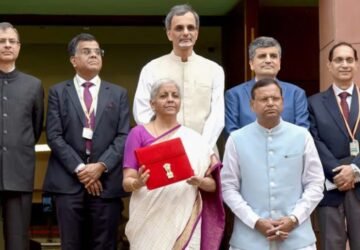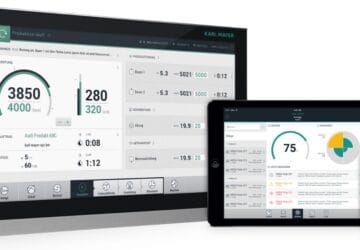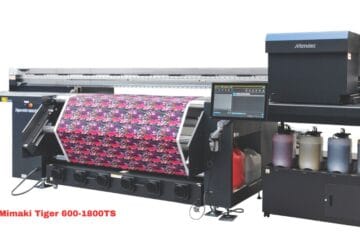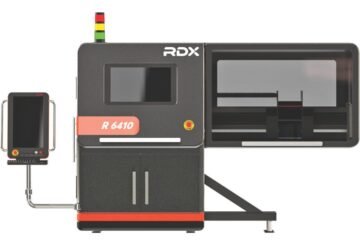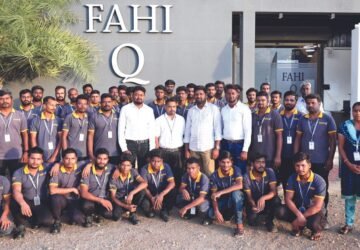
Textile dyestuffs are essential chemical compounds used to impart color to fabrics. They are integral to the textile manufacturing process, enhancing the aesthetic appeal and functionality of textile products. Dyestuffs are categorized into various types, including reactive, direct, disperse, acid, and vat dyes, each tailored to specific fiber types such as cotton, wool, polyester, and silk. The demand for textile dyestuffs is driven by the ever-evolving fashion industry, advancements in textile production, and the rising consumer preference for vibrant and durable fabrics.
Textile Dyestuff Market is estimated to grow at a CAGR of 5.4% from 2023 to 2031 and reach US$ 10.3 Bn by the end of 2031.
Market Overview
The global textile dyestuff market is experiencing steady growth, driven by increasing textile production and a growing middle-class population with higher disposable income. Key applications of dyestuffs include apparel, home furnishings, automotive textiles, and industrial fabrics. Asia-Pacific dominates the market, with countries like China, India, and Bangladesh leading in textile manufacturing and export. Europe and North America are also significant markets, primarily driven by the demand for eco-friendly and high-performance dyes in premium textile applications.
Key Drivers of Growth
One of the primary drivers of the textile dyestuff market is the booming fashion and apparel industry. With fast fashion trends and the increasing popularity of customized clothing, the demand for diverse and high-quality dyes has surged. Additionally, the expansion of e-commerce platforms has made textiles and apparel more accessible, further boosting demand for dyed products.
Technological advancements in dyeing processes have also played a critical role in market growth. Innovations such as digital textile printing and waterless dyeing technology have improved efficiency, reduced environmental impact, and enhanced the quality of dyed fabrics. These advancements have encouraged manufacturers to invest in modern dyestuff solutions.
The growing awareness of sustainability and environmental conservation has led to increased demand for eco-friendly and non-toxic dyes. Stringent regulations imposed by governments and international organizations, particularly in Europe and North America, have compelled manufacturers to develop sustainable alternatives, such as natural and plant-based dyes. This shift toward greener options is gaining momentum in the market.
Recent Trends
The textile dyestuff market is witnessing several notable trends. One significant trend is the increasing adoption of digital textile printing, which allows for precise color application and reduced dye waste. This technology is particularly popular in the fashion and home textiles industries, where intricate designs and vibrant colors are in high demand.
Another trend is the rising popularity of natural dyes, driven by consumer preference for eco-friendly products. Natural dyes derived from plants, insects, and minerals are gaining traction as sustainable alternatives to synthetic dyes. However, challenges such as limited availability and higher production costs still need to be addressed.
The shift toward waterless dyeing technologies, such as supercritical carbon dioxide dyeing, is another noteworthy trend. These technologies significantly reduce water consumption and chemical waste, addressing environmental concerns associated with traditional dyeing processes.
Top Companies: BASF SE, Clariant AG, Sumitomo Chemical Company Ltd., Huntsman Corporation, Arkema SA, Lanxess AG, Kiri Industries Limited, Kemira, Dow, Sudarshan Chemical Industries Ltd., CHT Group.
Challenges
The textile dyestuff market faces challenges, including stringent environmental regulations and the high cost of compliance. Traditional dyeing processes generate significant wastewater and chemical waste, leading to environmental pollution. As a result, manufacturers must invest in advanced wastewater treatment systems and sustainable dyeing technologies, which can increase operational costs.
Fluctuations in raw material prices also pose a challenge for dyestuff manufacturers. Many synthetic dyes are derived from petrochemical feedstocks, making them vulnerable to changes in crude oil prices. Additionally, competition from low-cost manufacturers in emerging economies adds pressure on established players to maintain competitive pricing without compromising quality.
Future Outlook
The textile dyestuff market is poised for continued growth, driven by rising demand for textiles across various industries and advancements in dyeing technologies. The increasing emphasis on sustainability is expected to spur innovation in eco-friendly dyes and waterless dyeing solutions. Emerging economies in Asia-Pacific and Africa are likely to offer significant growth opportunities due to expanding textile manufacturing capacities and rising consumer spending on apparel and home furnishings.
As the market evolves, manufacturers are likely to focus on developing high-performance, multifunctional, and sustainable dyestuffs to cater to diverse consumer needs. The adoption of smart textiles and wearable technology may further drive demand for innovative dye solutions, creating new avenues for growth in the textile dyestuff market.


